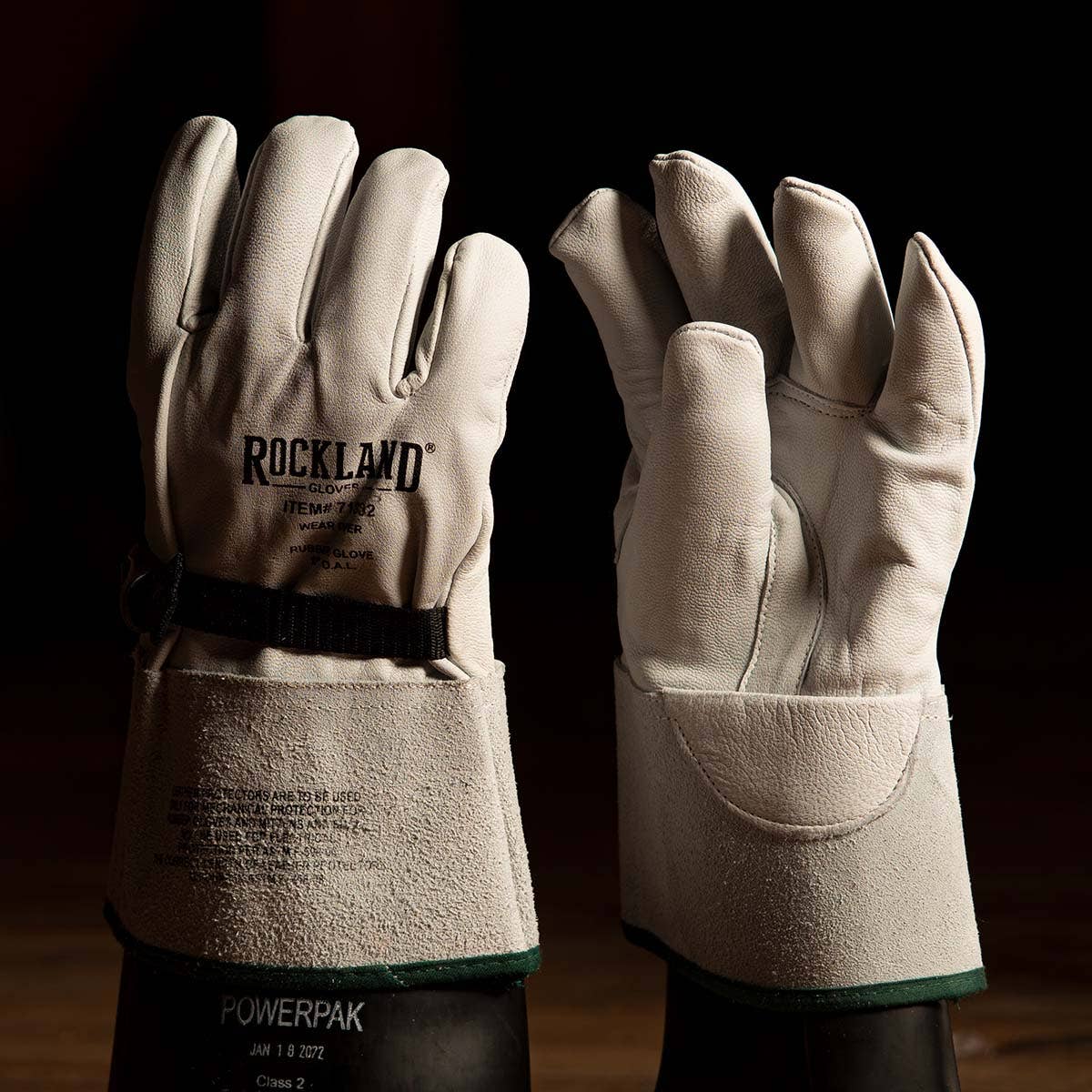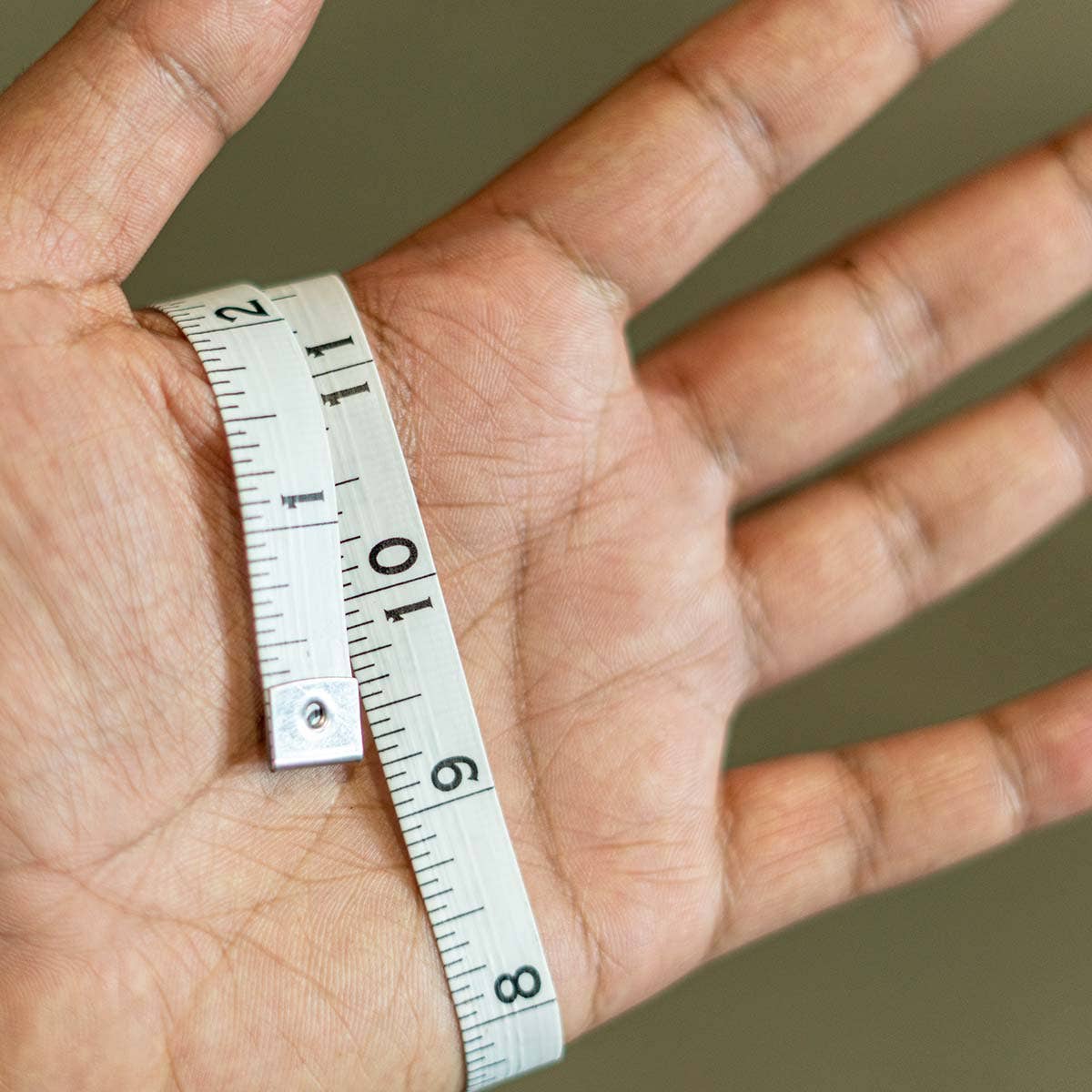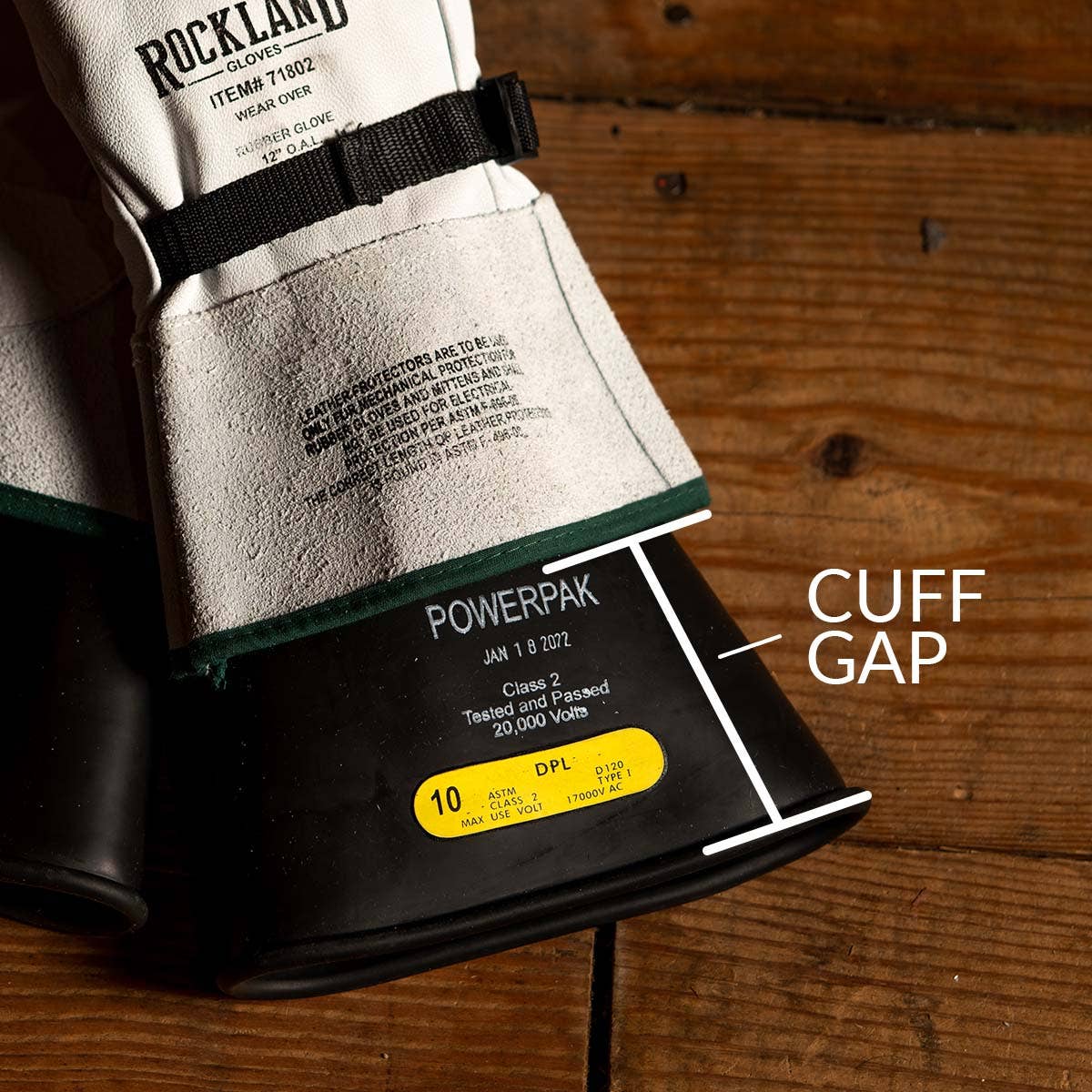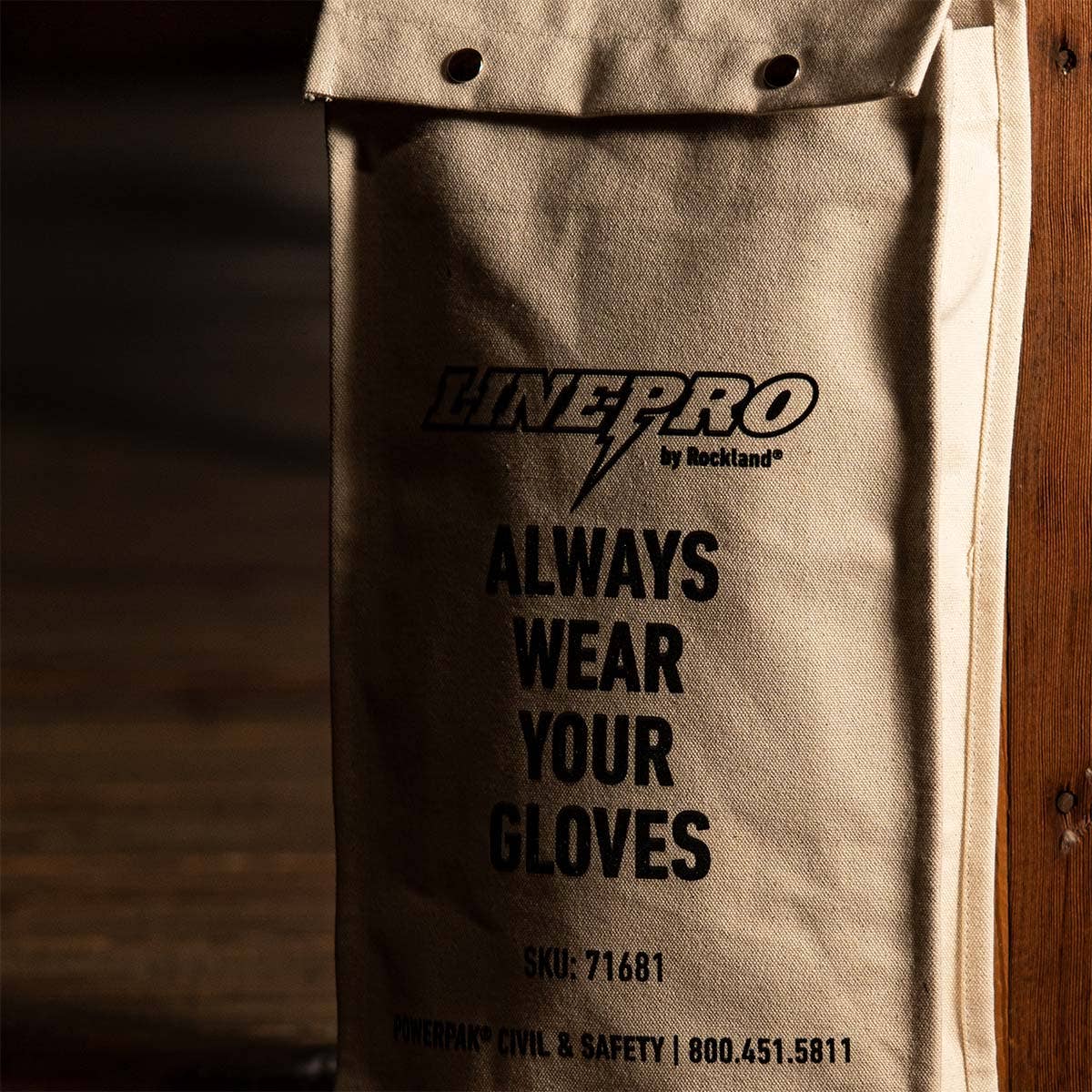Table of Contents
*Disclaimer*
The information contained on this page is for promotional and informational purposes only. All equipment should be used by trained professional tradesmen who have been trained how to use the equipment described on this page, and understand the risks of their work. PowerPak assumes no responsibility for errors or omissions in the use or misuse of any product purchased. In no event shall PowerPak be liable for any direct, special, indirect, consequential, or incidental damages or any damages whatsoever, whether in an action of contract, negligence or other torts, arising out of or in connection with the use of this information or the contents of this page. PowerPak reserves the right to make additions, deletions, or modifications to the contents on this page at any time without prior notice.
Electrical shock and arc flash are the two main ways electricity will try and kill you. When you put on a pair of certified and tested high-voltage gloves, you can feel confident that you have almost entirely eliminated the risk of electrical shock. Gloves are so crucial to electrical workers that glove pouches have the phrase “ALWAYS WEAR YOUR GLOVES” stitched onto the front. We're serious about gloves, and for a good reason.


Leather Protectors
In most cases, these electrical rubber gloves, sometimes called high voltage or kV gloves, are meant to be worn in a system. The rubber gloves protect you from electrical shock, and the leather protectors protect the rubber gloves from mechanical wear.
The leather protectors do not provide any electrical protection and cannot be worn alone.
So, you’re wearing two large gloves on each hand. In addition, you are required to wear all the necessary Arc-Rated PPE to protect you from arc-flash.
Wearing large rubber gloves and protectors will be bulky. They take time getting used to, and they take practice to learn how to work while wearing them.
The layers are necessary in most cases. If the gloves have imperfections, cuts, or pinholes, they cannot be used. The leather protectors help prevent wires and tools from damaging the rubber gloves.
Electrical Glove Classes
The class breakdown for these gloves is very straightforward. There are six classes of electrical gloves, and you know which class you need based on the voltages you will be encountering. ASTM did a great job of keeping this class system simple, and OSHA lays out all of these guidelines in standard 29 CFR 1910.137.
- Class 00 protects workers up to 500V AC and 750V DC
- Class 0 protects workers up to 1,000V AC and 1,500V DC
- Class 1 protects workers up to 7,500V AC and 11,250V DC
- Class 2 protect workers up to 17,000V AC and 25,500V DC
- Class 3 protects workers up to 26,500V AC and 39,750V DC
- Class 4 protects workers up to 36,000V AC to 54,000V DC
High Voltage Glove Sizing
Figuring out what glove size is right for you is easy. The glove sizes are standardized between manufacturers per ASTM D120 requirements, give or take half an inch.
Measuring around the width of your palm will give you the approximate glove size. For example, if you wrap a string around your palm, and that string is 9.5”, a size 10 glove should fit well.




What length of the leather protector is needed is also a topic of confusion. The length you need depends on the rubber gloves you have. ASTM requires a minimum cuff gap depending on the class of rubber gloves. Meaning, you are required to have a specific amount of exposed rubber above your leather protector.
This seems counterintuitive, but the idea is if the leather protector becomes saturated, it can become energized. In a situation without a cuff gap, the cuff of the wet leather protector will be close enough to the wearer's unprotected arm or body to create a hazard.
People frequently ask if they should buy a size up from their rubber gloves for leather protectors. The answer is no. You should always pair the identical size leather protectors with rubber gloves. Leather protectors are already designed with enough extra sizing to fit over the same size rubber glove. Buying a size up will result in a very loose-fitted leather protector that may easily fall off or slide around.
Even though the wearer is wearing the gloves, they may be at risk of becoming the path to the ground. To prevent this, you must keep a minimum cuff gap.
- Class 00 requires a minimum of a ½" gap between the leather protector's cuff and the rubber glove's cuff.
- Class 0 also requires a minimum of a ½" gap between the leather protector's cuff and the rubber glove's cuff.
- Class 1 also requires a minimum of a 1" gap between the leather protector's cuff and the rubber glove's cuff.
- Class 2 also requires a minimum of a 2" gap between the leather protector's cuff and the rubber glove's cuff.
Are you seeing a pattern here?
- Class 3 also requires a minimum of a 3" gap between the leather protector's cuff and the rubber glove's cuff.
- Class 4 also requires a minimum of (you guessed it) a 4" gap between the leather protector's cuff and the rubber glove's cuff.
Higher classes require a significant gap because those gloves work with higher voltage, and more considerable clearing distances are needed with higher voltages.
Electrical Glove Testing/Programs
When talking about testing electrical gloves, there are two types of tests. Field testing should be done before every use, and lab testing is required every 6 months.
Field testing. First, you need to do a visual inspection looking for cuts, holes, discoloration, etc. If it looks good, move on to the air test. You can inflate your glove with a glove inflator or roll up the bottom of the glove so that the top half fills up with air, and you can check for any pinholes or cuts where the air is escaping. Feel around and listen carefully for any escaping air. If there are no issues, you are good to go. If you find any problems, those gloves cannot be used and must be removed from service.
Unlike most other work gloves, these electrical gloves need to be managed and tested. It is easy to keep track of one pair of gloves. If you are responsible for a fleet, you will need to put together a program to remove gloves from service for lab testing without interrupting workflow. Many companies use spreadsheets to keep track. Some companies use specialized software.
Companies will also set up a label color system. Green gloves were serviced sometime in Q1, blue gloves for Q2, Red for Q3, and Yellow for Q4. By Q4, most of the gloves in your fleet will be red and yellow. If you see a blue, green, or any other color gloves, you’ll know to check those gloves immediately and remove them from service. Quick and easy visual indicators help keep track of gloves easy and safe.
After being tested, the gloves can be put into service anytime in the next 12 months. From the day they are put into service, they have 6 months until they require testing again.
For example, gloves tested in January will need to be put into service before next January. If those gloves are scheduled for service next February, they will need to be re-tested before use. But, if those same gloves are put into service in October of the same year of testing, they will not need to be re-tested until next March.
PowerPak offers in-house glove testing and certification per ASTM guidelines. The gloves are tested, certified, and returned within 48 hours. We provide free pick up and delivery for customers within our delivery range.
The lab testing starts with a visual test to check for cracks, punctures, pinholes, or other issues. The gloves are then inflated and checked for leaks.


Always Wear Your Gloves
At first look, electrical gloves seem very complicated and intimidating. The class system and service schedules have been made as easy as possible. The goal is to make sure there is no excuse for any lineman to not be protected with a quality pair of gloves.Next, the gloves are filled with water. The gloves are clipped to a machine, and an electrode is placed inside the glove water. The water-filled gloves are partially submerged into a tank filled with water. The water in the tank is energized at high voltages. The exact amount is dependent on the class of gloves being tested. If voltage passes through the glove, the electrode is triggered, and the glove fails the test and will be removed from service.
The gloves are tested at higher voltages than what they are rated at.
- Class 00 gloves are proof tested at 2,500V AC and 10,000V DC
- Class 0 gloves are proof tested at 5,000V AC and 20,000V DC
- Class 1 gloves are proof tested at 10,000V AC and 40,000V DC
- Class 2 gloves are proof tested at 20,000V AC and 50,000V DC
- Class 3 gloves are proof tested at 30,000V AC and 60,000V DC
- Class 4 gloves are proof tested at 40,000V AC and 70,000V DC
Few things in the industry are as easy as finding the right size pair of gloves, finding the right leather covering, and learning how to test and service your gloves regularly. So don’t forget, ALWAYS WEAR YOUR GLOVES. Stay safe.
For those in need of high voltage gloves and leather protectors, here is PowerPak’s line of electrical gloves and leather protectors.


